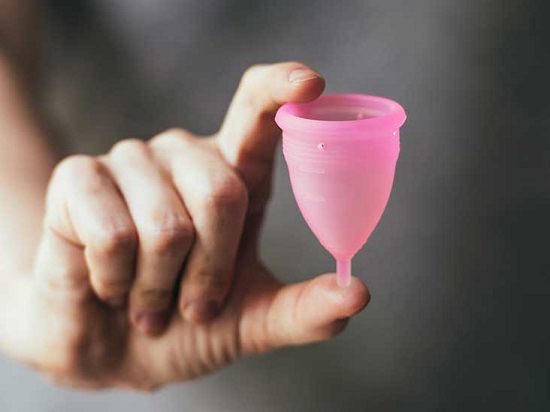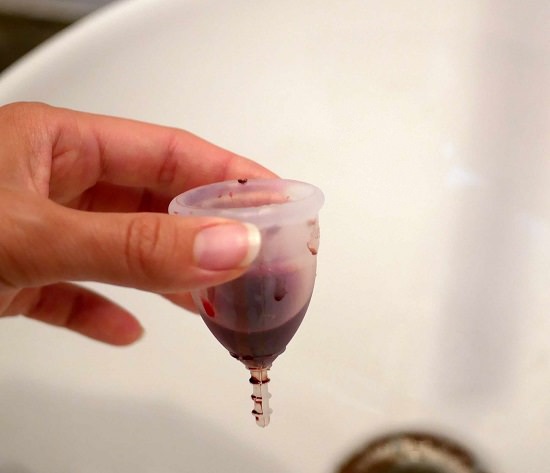Using a menstrual cup is something that many are weary about. But can you pee with a menstrual cup in? Let’s find out the answer below.
Menstrual Cups and Their Benefits
Menstruation is a normal physical process that women go through every month. Menstrual products have come a long way from the early cloth pads to the more modern sanitary pads and tampons. The aim is to make women more comfortable and stress-free during their periods. The product currently in the limelight is the menstrual cup which is reusable, economical, sustainable, and requires fewer changes. The concern for the environment, the drive for a plastic-free world, and the search for economic alternatives are behind the recent interest in reusable female hygiene products.
The menstrual cup is funnel-shaped and made of 100% medical grade silicone, is non-toxic, perfume and chemical-free, and is leakproof. Unlike other menstrual products that absorb the menstrual blood, menstrual cups hold the blood, thus reducing the chance of infections. During a normal flow, the menstrual cup needs to be emptied only once every 12 hours. One cup can last for ten years with proper maintenance, and being reusable, it is more eco-friendly than pads and tampons. It can be used by virgins, too, as it is flexible and will not damage the hymen.
Using a suitable-sized menstrual cup and a proper insertion technique will ensure leakproof and zero pain and discomfort experienced. A menstrual cup also does not hinder everyday activities and will not fall out. Some disposable cups can be left in during sex and can be used even if you have an IUD in place.
Can You Pee With A Menstrual Cup In?
The menstrual blood flows out through your vagina, whereas urine is expelled through the urethra. Both are different openings that lie close to each other in the female anatomy. So technically you can pee with the menstrual cup in.
However, there are few points to bear in mind. The menstrual cup may move when you pee or poop because you use pelvic muscles to carry out those actions. In rare cases, the menstrual cup can fall out when you pee or poop. Check the position of your cup after you pee and see if the seal is
airtight. If the seal has been compromised, leakages are bound to occur. Sometimes your urine stream can be slow, or you feel the urge to pee frequently because the cup is pressing on the urethra. In that case, choose a softer cup or use a cup that fits in lower or higher in your vaginal
canal and therefore does not cause pressure on your bladder or urethra. Make sure you check on your menstrual cup with clean and washed hands.
Menstrual Cup Sizes
The menstrual cup comes in three sizes. The large cup has a capacity of 26ml and is for women above 18 who have had one or more vaginal deliveries. The small degree of 21ml is for those above 18 years who have not given birth or by the C section. The third is the extra small cup with a capacity of 16 ml for women under 18 years.
How to Insert and Care for the Menstrual Cup
Wash your hands with soap and water before and after handling the menstrual cup. There are 6 different ways to fold the cup to make insertion easy. The C-fold, punch-down, sevenfold, triangle, diamond, and origami. Lubricate the rim of the cup with a water-based lube and insert the folded
cup broadside first into your vagina and push it up till you feel the cup unfold and open up. It will open and create an air-tight seal. When you need to empty the cup, pull the cup’s stem with your thumb and forefinger.
Pinch the base of the cup to release the seal and pull the cup out. Empty
the blood into the toilet, wash the cup with warm water and re-insert. At the end of your period, sterilize the cup by boiling it in hot water for 5 minutes and store it in the biodegradable pouch provided till your next period.
Some Precautions
Choosing the right cup may be tricky, and you may have to consult your doctor to determine a cup and learn the technique of insertion. If not hygienically used, the cup may irritate your vagina or cause infections.
Though it is latex-free, silicone may cause allergic reactions in some women. Removal of the cup can also lead to messy spills sometimes.



